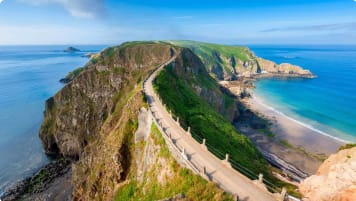British Neoclassical Architecture & Decorative Arts
Article about the influences on Neoclassical architecture and the decorative arts in the Georgian period. Odyssey Traveller is an Antipodean travel company serving World Travellers since 1983 with small group educational tours for senior couples and mature solo travellers.
19 Jul 22 · 10 mins read
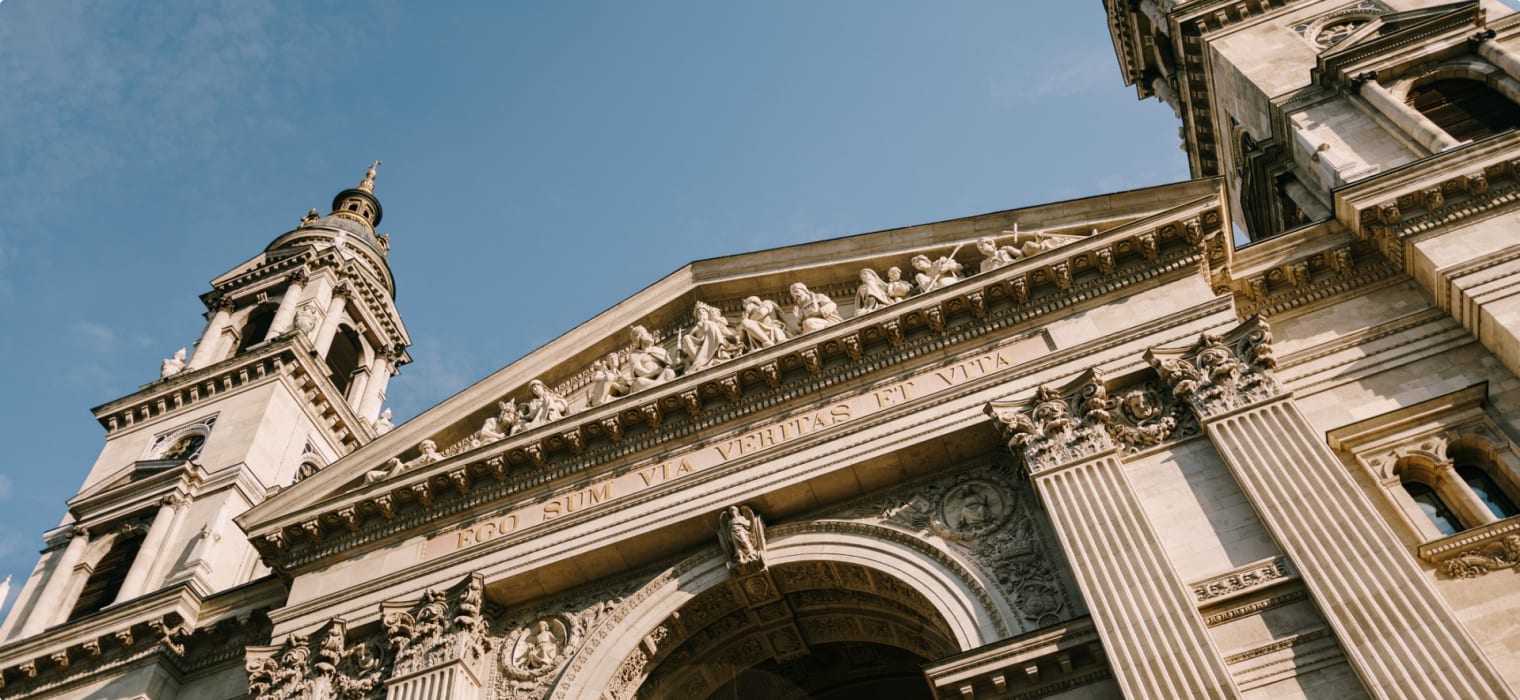
Neoclassicism
Neoclassicism was a Western cultural movement in the 18th-19th centuries inspired by the art and culture of classical antiquity (Greece in the 8th to 4th Centuries BCE and Rome in the 5th to 1st Centuries BCE). The movement was most prominent in architecture and the visual arts, but also expressed itself in literature, theatre, music, philosophy, history, and archaeology.
Emerging in the mid-18th century, the neoclassical movement was highly influenced by archaeological discoveries made at Herculaneum and Pompeii, as well as the German scholar Johann Joachim Winckelmann’s writings on the history of ancient art. It was then popularised throughout Europe by a generation of art students who picked up the ideas during their Ground Tour – a traditional trip through Europe, with Italy as a key destination. So inspired by the magnificent and impressive remnants of Roman and Greek art and culture that they had witnessed, they then went about attempting to recreate them in their own countries.
In Britain, the neoclassical style dominated architecture and the decorative arts particularly. In these artforms, the neoclassical style used the same ideas and motifs of classical art, with a focus on harmony, simplicity, proportion, and symmetry. In stark contrast to the Baroque and Rococo periods which directly preceded it, buildings and decorations abandoned decorative scrolls and frills in favour of clean and straight lines, simple geometric motifs, and plain block colours.
Architecturally, the style emerged as a response to the Greek and Roman inspired Neo-Palladianism, and was popularised by architects such as James “Athenian” Stuart and Robert Adam. It then spread to the decorative arts, which borrowed features from classical architecture and antiques, and was popularised by designers such as Josiah Wedgwood.
This article explores the influences, theories, and examples of neoclassical architecture and decorative arts in Britain. It is intended as background reading for several of Odyssey Traveller’s tours to Britain. British history in the age of neoclassicism (the 18th and 19th centuries) is explored on our tour focused on Victorian Britain, as well as our Agrarian and Industrial Britain Tour and our Canals and Railways in the Industrial Revolution Tour. Just click the links to see the full itinerary and sign up!
Neoclassical Influences
The neoclassical movement was hugely influenced by archaeological excavations around Naples, south of Rome. Here, a largely intact Roman town, Pompeii, as well as nearby Herculaneum, were discovered buried beneath the ashes of Mount Vesuvius. The excavations began in the 1740s but it wasn’t until the 1760, with the publication of Le Antichità di Ercolano (The Antiquities of Herculaneum), that they would receive a wider audience.
These discoveries transformed the place of the classical past in the 18th century European imagination. All of a sudden, Roman antiquity was shown to be not only far more technologically sophisticated than previously thought, but also its art was far more beautiful than had ever been imagined. This placed a greater emphasis on the styles of classical Greece and Rome, as fascinated architects, builders, and designers came to study, appreciate, and ultimately resurrect their building styles and decorative motifs.
Those in the upper classes of Northern Europe and especially England were so inspired that they travelled to see these new sites of classical antiquity first-hand in a traditional trip known as the Grand Tour. In what became a rite of passage for young aristocratic men in the 18th and 19th centuries, they made their way to Paris, across the Alps, then to the great cultural centres of Italy and Greece to rediscover the classical past.
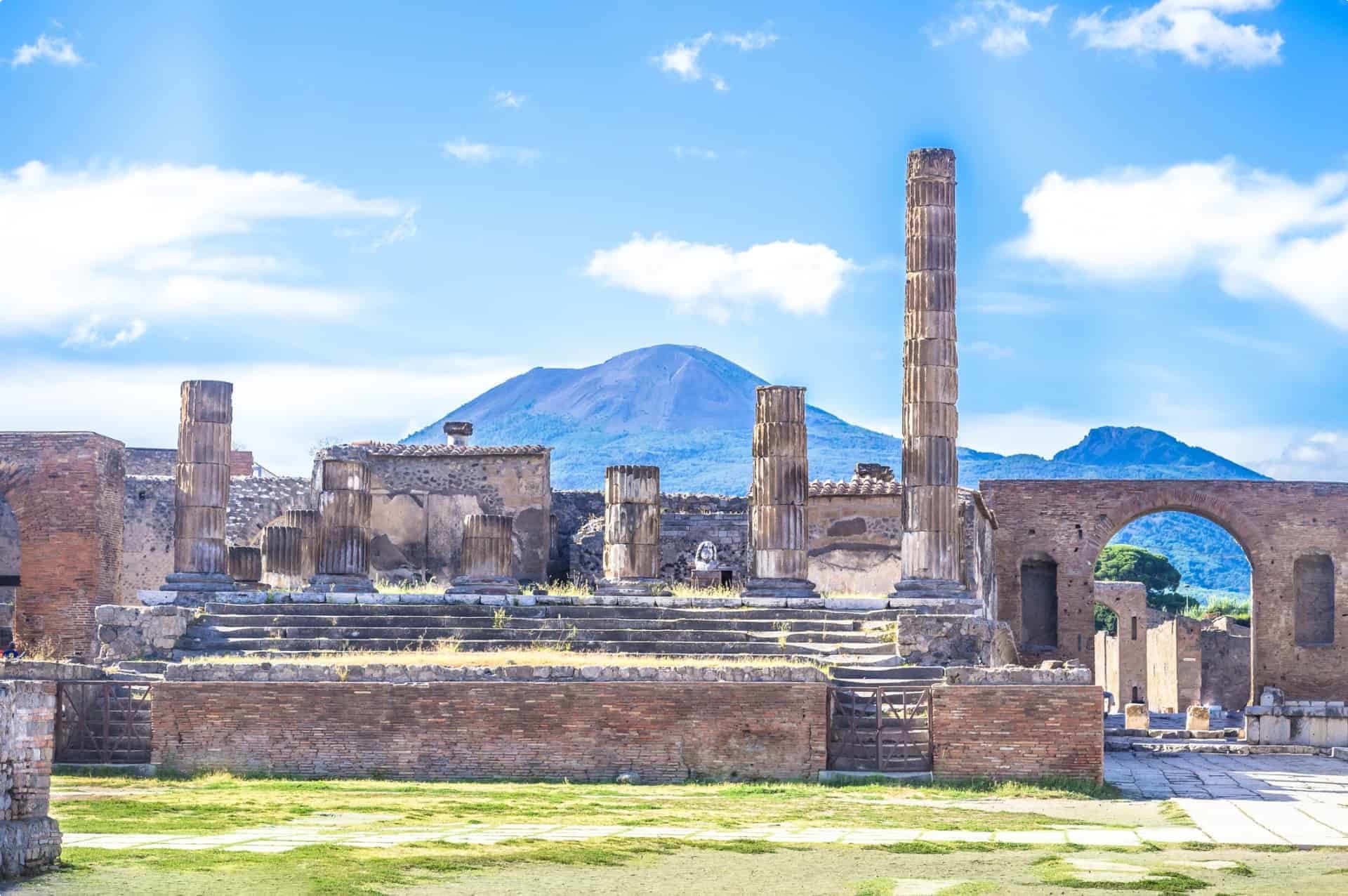
The monuments of Italy and Greece held a magnetic attraction to these young men as they walked the classical sites and contemplated the heights of ancient art. Naturally then, they sought to bring back souvenirs. Medals, lamps, idols, and prints, as well as plaster-cast and bronze copies of celebrated Roman statuary all filled the libraries, studies and dining rooms of Britain’s leading dynasties.
In doing so, the Grand Tourists drove the neoclassical movement. The knowledge and souvenirs bought back from their travels inspired the creation of artworks made in the classical style, and many of these men themselves would become important patrons of neoclassical artists.
The publications of German art historian Johan Joackim Winckelmann were also instrumental in reawakening the popular taste for classical art and establishing the aesthetic and theory of Neoclassicism. His two most influential works – Reflections on the Painting and Sculpture of the Greeks (1755) and The History of Art in Antiquity (1764) – gave people the intellectual insights to appreciate the archaeology and art that had been uncovered from classical sites and spread by those returning from the Grand Tour. [Mayfair Gallery]
In these books, Winckelmann presented his theory of antique art that would provide the basis of the neoclassical movement. He explained that the philosophers of ancient Greece, Plato especially, had first put forward the idea that perfection and beauty originated not in the natural work but was created by the human mind. The goal of the antique artist then was achieve beauty through the expression of aesthetics not found in nature – harmony, proportion, and symmetry. For Winkelmann, this way of creating art was the ideal model to be imitated by modern artists.
This theory, at the root of the Neoclassical movement was contrast to the naturally inspired Rococo style, which was the predominant design style in Europe at the time. Whereas Rococo favours playfulness, asymmetry, ornamentation, and excess, Neoclassicism adopts the principles of grandeur, symmetry, elegance, and simplicity.
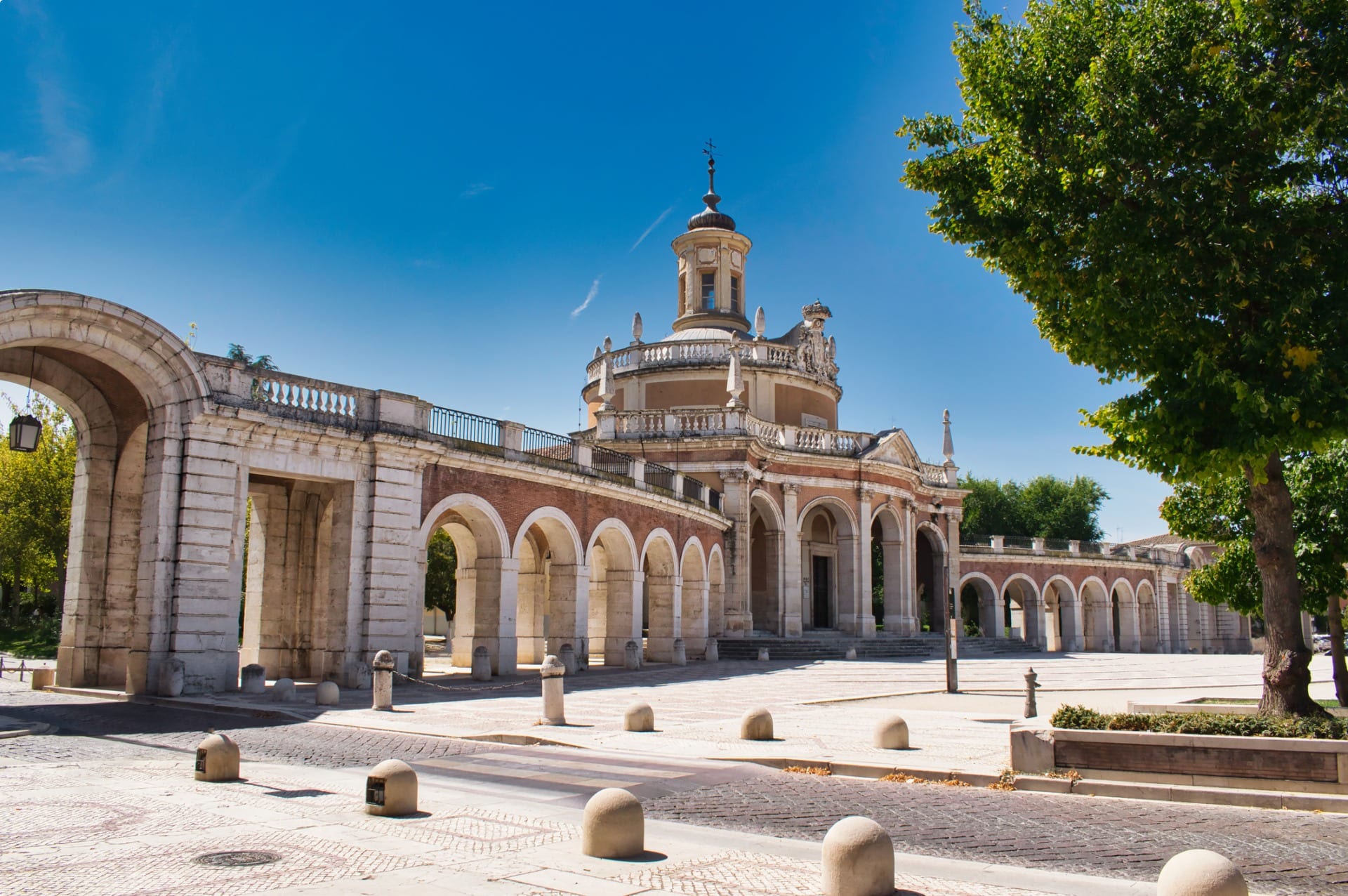
Neoclassical Architecture
Of all the art forms, the neoclassical style is found most prominently in architecture. These buildings are based on those of Classical Greece and Rome, inspired by archaeological discovery and particularly the work of the 1st Century BCE Roman architect Vitruvius and his ideas about proportion and symmetry. The main characteristics of the style are grandeur of scale, simplicity of geometric forms, dramatic use of columns, Doric Greek or Roman detailing, blank walls, and flat roofs.
Beginning around 1750, neoclassical architecture flourished as the dominant style in the 18th and 19th centuries in continental Europe, Britain, the United States and Latin America. It was so popular, in fact, that many of the Western world’s most important institutional and governmental buildings are neoclassical in style. Russia’s St. Petersburg in particular serves as an impressive monument to the style. Under the direction of Catherine the Great (1762-96), the city was transformed into a great European capital filled with vast and grand neoclassical buildings.
Neoclassical Architecture in Britain
Neoclassicism came into fashion in Britain in the mid-18th century and by the end of the century nearly all new architecture was built in the style. Neoclassical architecture was slightly different here than the rest of Europe though due to the diverging history of the movement. Whereas in Europe, neoclassicism emerged in part as a response to the lavish and ornate aesthetic of Baroque architecture, in Britain Baroque was never really popular. Instead, the neoclassical movement developed in response to a different movement known as Neo-Palladianism.
The Neo-Palladian period, from roughly 1700-1750, was directly inspired by the Italian Renaissance architect Andrea Palladio (1508-80). Palladio, influenced by the Roman architect Vitruvius, believed architecture should show harmony, clarity, order, and symmetry, as governed by the principles of classical antiquity in ancient Rome. His architecture revived Greek and Roman style, but also allowed for experimentation.
By the 18th century, Palladio’s style finally made its way to influence architecture in Britain. Spearheaded by the British architects Inigo Jones and Colen Campbell, Neo-Palladian architecture features plain and symmetrical exteriors, but the interiors were often richly decorated. Perhaps most famously, this can be seen in London’s Chiswick House, built between 1725 and 1729. Chiswick’s centralised structure and square plan drew inspiration from Palladio’s Villa Rotonda near Vicenza, Italy, and from Jones’ designs.
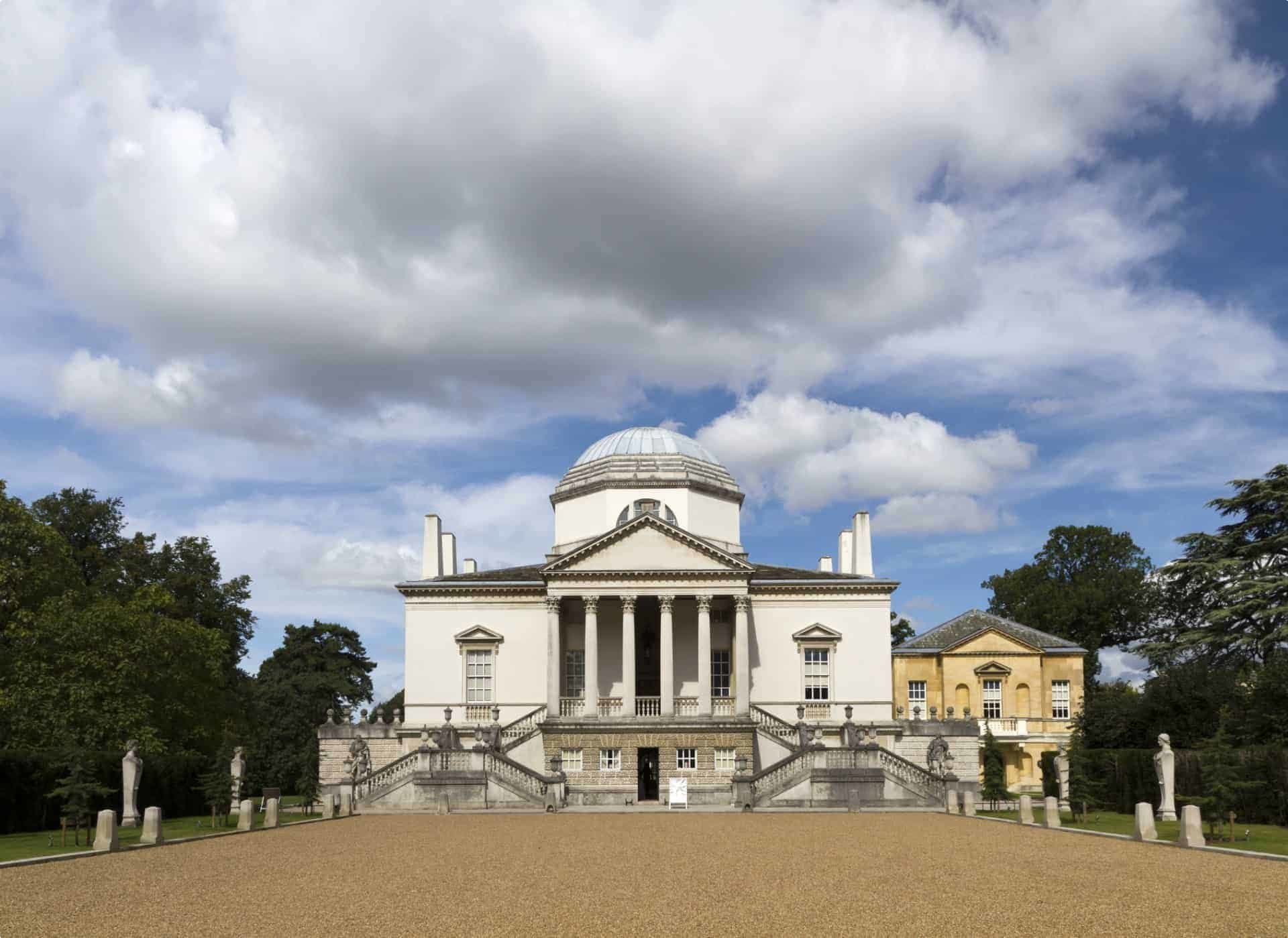
Then, in the mid-18th century, a more conservative faction came into power in British politics, who wanted to break from the decorative Neo-Palladian style. Instead, they embraced stricter Neoclassical architecture. The style had similar in roots to Palladianism – a desire to resurrect classical architecture– but whereas Palladianism still used the Italian Renaissance palazzos as models and influences, Neoclassicism put greater emphasis on the styles of classical Greece and Rome. The result was a more austere design, which came to dominate British architecture.
James “Athenian” Stuart
A major source of inspiration for British neoclassical architects and designers was James “Athenian” Stuart’s The Antiquities of Athens, published in 1762. This book was the first accurate survey of Classical Greek remains and had illustrations among the first of their kind, including details of the three Greek architectural orders – Doric, Ionic, and Corinthian.
Stuart himself applied his knowledge of antiquity on his designs of Spencer House. Spencer House’s Entrance Hall immediately gives the visitor echoes of ancient Rome: its features are derived from the Temple of Jupiter the Thunderer, with its Doric frieze (horizontal element with alternating pattern of sculptural relief) and bucrania (carved decoration). It also has an oval classical relief depicting Antinous, a Greek youth who was said to be the favourite of the Roman Emperor Hadrian. Its Palm Room features half-columns with carved and gilded palm trees, underlining the ancient Greek belief that architectural forms are derived from nature. The frieze showing depictions of griffins and candelabra is inspired by the Temple of Antoninus and Faustina in Rome.
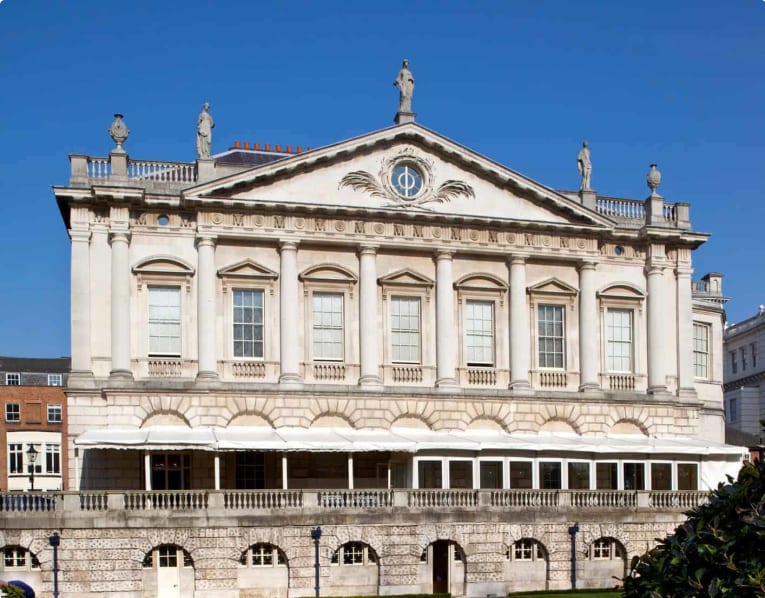
The Adam Style
Another important Neoclassical architect was Scotland-born Robert Adam, who embarked on a Grand Tour of Europe in the 1755, studying the classical architecture found in France and Italy. Upon his return to Britain, inspired by what he had seen, Robert established his own practice with his younger brother James and successfully began to popularise neoclassicism.
The brothers developed their own form of neoclassicism, known as the “Adam style”. In doing so, they derived inspiration from classical design but did not adhere to it strictly, producing rather a fresh, distinctive look. With this, they aimed to simplify the rococo and baroque styles to bring a lighter and more elegant feel to Georgian houses. As such, they replaced the strict mathematical proportions in Georgian rooms with curved walls and domes, decorated with elaborate plasterwork and striking mixed colour schemes such as lemon, sky blue, red-brown terracotta, pea green, and lilac.
Other characteristics of the Adam style include flat grotesque panels; classical Roman decorative motifs, such as dancing nymphs, sphinxes, griffins, arabesque vine scrolls, vases, urns, tripods, and framed medallions; and painted ornaments, such as swags and ribbons.
The style was especially innovative for integrating architecture and the design of interiors. Walls, ceilings, fireplaces, furniture, fixtures, fittings, and carpets were all custom designed with the intention of harmonising with each other as a single uniform scheme.
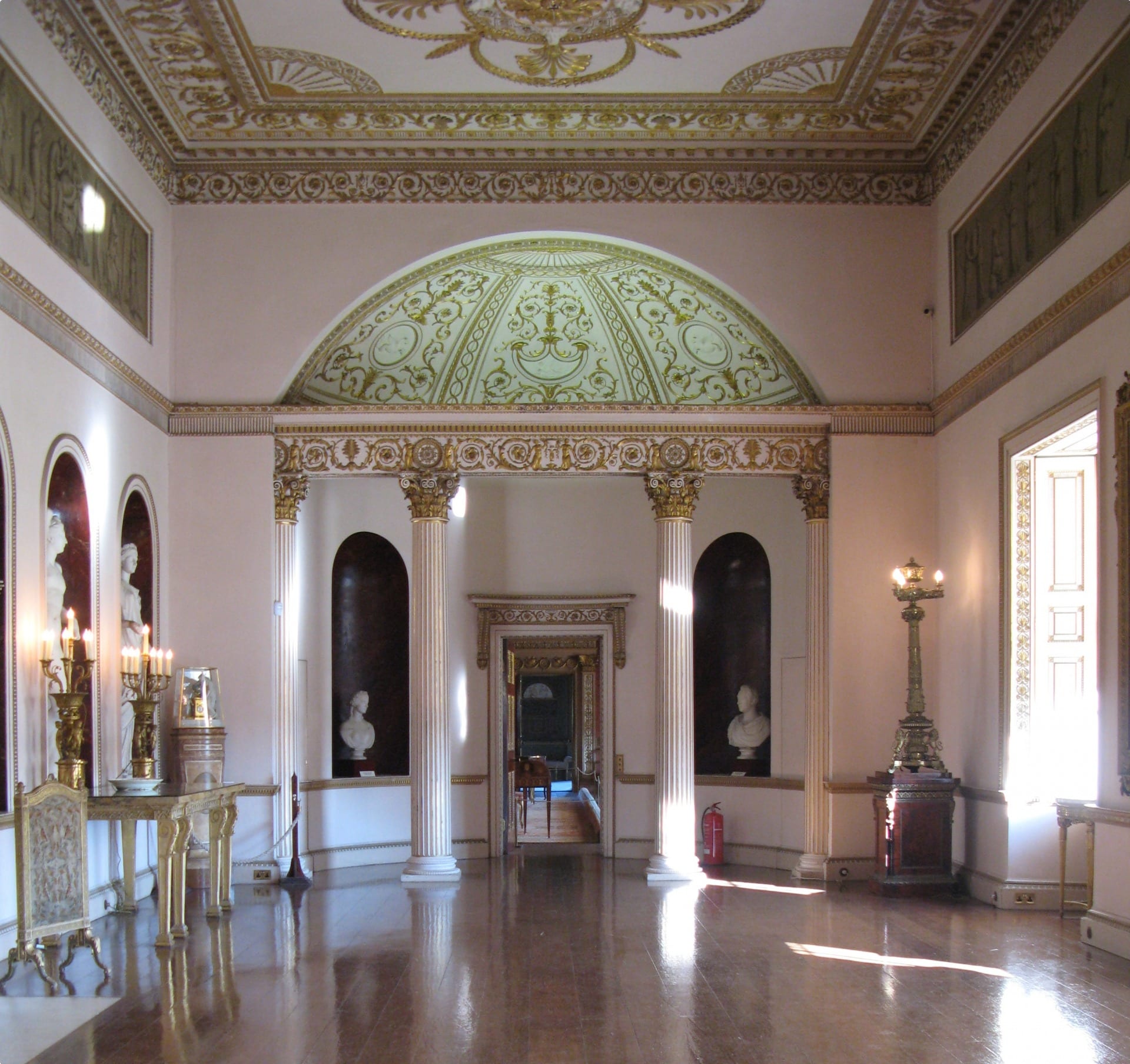
From the get go, the Adam brothers gained a series of high-profile commissions from leading aristocrats, keen to have their family seats show off the latest style and offer some ostentatious evidence of their classical learning. Popularity of their style quickly spread, becoming the dominant domestic architecture and interiors for much of the latter half of the 18th century. Robert Adam, in particularly, was regarded for his contribution to the designs of Edinburgh’s New Town, Kenwood House, Portland Place, and Osterley Park in London, and Kedleston Hall in Derbyshire, England.
Several other architects working in the Neoclassical style rose to prominence in Britain during the 18th century. Other prominent British buildings built in the style include, for example, Bedford Square, with its pedimented centrepiece and Ionic style, and the Bank of England, with its Corinthian columns.
Neoclassical Decorative Arts in Britain
The Georgian period in Britain also saw great achievements in neoclassical decorative arts. Like architecture, this art form rejected the exuberance of rococo in favour of classical purity and simplicity. In fact, it often borrowed features directly from classical Roman and Greek architecture. Neoclassical furniture, for example, commonly made use of columns, frieze panels. and sculptural reliefs, rather than attempting to employ the basic forms of Roman furniture.
Other decorative objects were directly inspired by classical antiquities, borrowing common motifs and shapes. Motifs included laurel wreaths; classical masks; swags and festoons; arabesques; medallions; beads; and mythological and real creatures including dolphins, lions, sphinxes, bulls, satyrs, and griffins. Gods, myths, heroes, and literary characters were also incorporated into Neoclassical design.
Many neoclassical decorative pieces, moreover, were modelled on real antiquities from Rome and Greece brought back to Britain by those on their Grand Tour. Vases particularly were popular and important. They were found in huge quantities at many archaeological sites, and so for many came to be regarded as a symbol of Classical antiquity. They were so popular in fact that most vases produced in the 18th and 19th centuries in Europe were shaped based on ancient Roman and Greek vases.
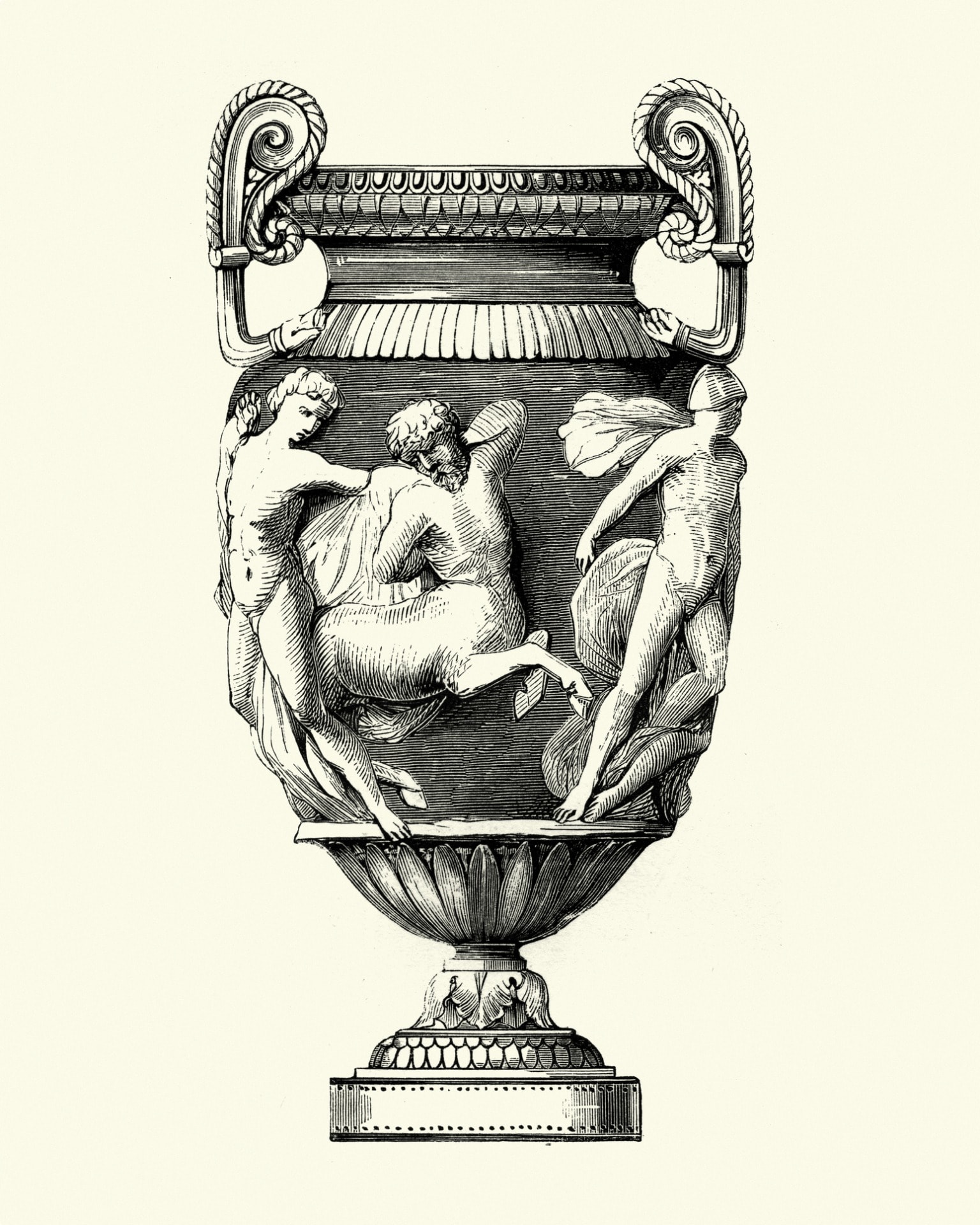
The materials used in neoclassical decorative arts, however, were contemporary. Porcelain and ormolu were used in particularly, having become popular during the 17th and 18th centuries. Silver too was a popular medium utilised by neoclassical makers of neoclassical decorative objects.
Josiah Wedgwood
The famed English entrepreneur and most significant potter of the 18th century, Josiah Wedgwood, recognised early on the growing public taste for the neoclassical style in the decorative arts. And so, he set out to learn everything he could about it. He sought out copies of the latest classical art from his aristocratic patrons and devoured catalogues of popular classical design. He also asked to borrow classical urns, Roman vases, and ancient statues from his patrons if he thought he could copy the designs.
Soon enough, he moved from theoretical to the practical and the commercial. Emerging from his kilns were urns, cameos, and vases, decorated with reclining figures, mythological characters, and classical garlands. Wedgwood’s small team of designers quickly had to master Cupids and Hymens, Homers and Venuses.
Wedgwood believed he was not merely imitating ancient artworks but, like Robert Adams and other neoclassical designers, was intelligently updating the classical aesthetic. His aim was to improve upon rather than simply copy the antiques.
In partnership with Thomas Bentley, Wedgwood opened a purpose built factory known as the Etruria Works in 1769, after the Greco-Roman origins of the designs that influenced him. From here, he would make a fortune capitalising on the neoclassical fashion, manufacturing vases modelled on Greek and Etruscan originals, and other pottery decorated with classical scenes. Indeed, his company, Wedgwood, would be one of the most important makers of Neoclassical ceramics in the 18th and 19th centuries in Britain.

Tour of Britain
Odyssey Traveller offers several small group tours to Britain for mature and senior travellers interested in learning more about the era of neoclassicism in Industrial Britain.
Key tours include:
- Queen Victoria’s Great Britain Tour (21 days)
- Agrarian and Industrial Britain Tour (23 days)
- Canals and Railways in the Industrial Revolution Tour (23 days)
We also have several other tours exploring the sights and history of the British Isles.
Odyssey Traveller has been serving global travellers since 1983 with educational tours of the history, culture, and architecture of our destinations designed for mature and senior travellers. We specialise in offering small group tours partnering with a local tour guide at each destination to provide a relaxed and comfortable pace and atmosphere that sets us apart from larger tour groups. Tours consist of small groups of between 6 and 12 people and are cost inclusive of all entrances, tipping and majority of meals. For more information, click here, and head to this page to make a booking.
Articles about Britain published by Odyssey Traveller.
- The London Underground
- Victorian Women’s Fashion
- Queen Victoria’s Britain, Part 1 and Part 2
- Understanding British Churches
- Studying Gargoyles and grotesques
- Georgian Architecture
- London’s Victorian Architecture
- The Industrious Revolution in Britain
For all the articles Odyssey Traveller has published for mature aged and senior travellers, click through on this link.
External articles to assist you on your visit to Britain.
- National Parks UK
- William the Conqueror (History.com)
- Queen Victoria
- The Royal Parks of London
- The Royal Mausoleum
Related Tours
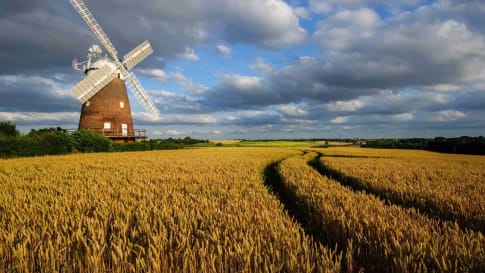
23 days
AprAgrarian and Industrial Britain | Small Group Tour for Mature Travellers
Visiting England, Wales
A small group tour of England that will explore the history of Agrarian and Industrial period. An escorted tour with a tour director and knowledgeable local guides take you on a 22 day trip to key places such as London, Bristol, Oxford & York, where the history was made.
From A$17,275 AUD
View Tour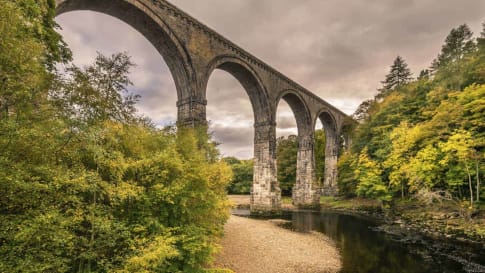
23 days
Oct, Apr, SepCanals and Railways in the Industrial Revolution Tour | Tours for Seniors in Britain
Visiting England, Scotland
A small group tour of Wales, Scotland & England that traces the history of the journey that is the Industrial revolution. Knowledgeable local guides and your tour leader share their history with you on this escorted tour including Glasgow, London, New Lanark & Manchester, Liverpool and the Lake district.
From A$17,860 AUD
View Tour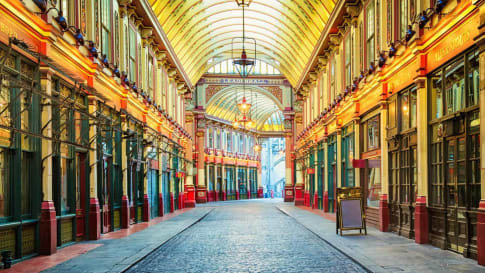
21 days
Sep, JunQueen Victoria's Great Britain: a small group tour
Visiting England, Scotland
A small group tour of England that explores the history of Victorian Britain. This escorted tour spends time knowledgeable local guides with travellers in key destinations in England and Scotland that shaped the British isles in this period including a collection of UNESCO world heritage locations.
From A$15,880 AUD
View Tour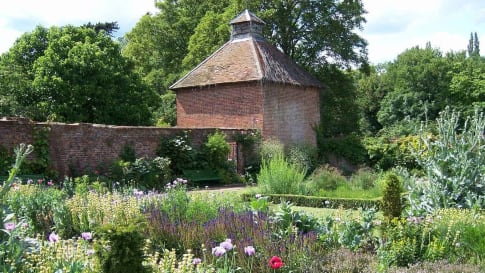
16 days
JunBritish Gardens Small Group Tour including Chatsworth RHS show
Visiting England, Scotland
From A$16,895 AUD
View Tour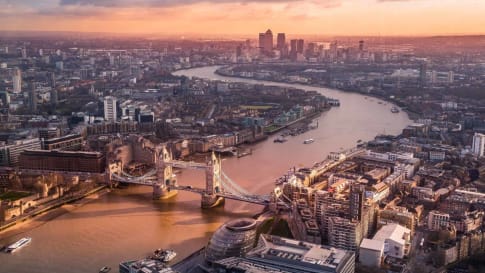
6 days
Apr, SepLondon Short Tour
Visiting England
A small group tour of London is a collection of day tours that visit and explore through the villages of the city. This escorted tour includes a journey out to Windsor castle. We explore Contemporary and learn about Roman Walled city, Medieval, Victorian London and the contemporary city today.
From A$6,995 AUD
View Tour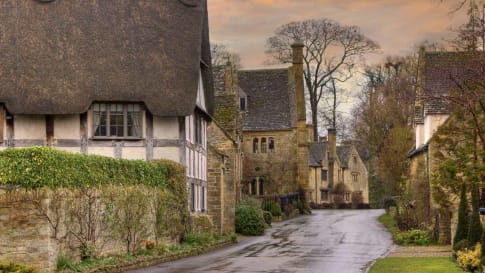
19 days
Jun, SepEngland’s villages small group history tours for mature travellers
Visiting England
Guided tour of the villages of England. The tour leader manages local guides to share their knowledge to give an authentic experience across England. This trip includes the UNESCO World heritage site of Avebury as well as villages in Cornwall, Devon, Dartmoor the border of Wales and the Cotswolds.
From A$16,995 AUD
View TourRelated Articles

800 Years of History: Discover the University of Oxford
Article about Oxford to support senior couples and mature solo travellers on a small group tour exploring England, including Oxford.

Georgian Style of Architecture: Definitive Guide for Seniors
Article to provide the senior couple or mature solo traveler with an appreciation of the influence of Georgian Architecture in Britain when on a small group educational tour.

London's Victorian Architecture: The Definitive Guide for Travellers
Small group educational tours for senior couples and mature solo travelers with History tours including those examining the Industrial revolution, Victorian Britain the Gilbert and Sullivan era via the D'Oyle Carte family and the cities such as Glasgow, Liverpool and Manchester.

Studying Gargoyles and Grotesques: The Definitive Guide for Travellers
Article to support world travellers since 1983 with small group educational tours for senior couples or mature solo travellers interested in British and European history.

Travellers exploring Glasgow's Architectural Heritage
Article about Glasgow Architectural heritage, led by the Industrial revolution, in Victorian Britain, wealth flowed to Scotland to Glasgow and Edinburgh. See and learn on a small group tour for senior couples or mature solo travelers.

Understanding British Churches: The Definitive Guide for Travellers
British Churches Through the Years “How old is this church?” asks Mary-Ann Ochota in a chapter of her book, Hidden Histories: A Spotter’s Guide to the British Landscape (Francis Lincoln, 2016, p. 250). In this article, we…
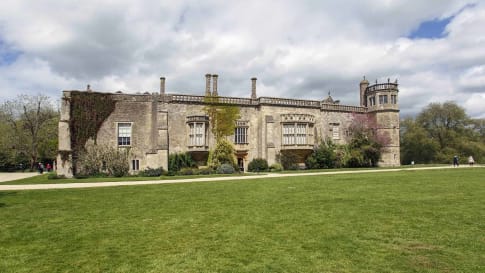
Britain’s National Trust role for successful small group history tours
Britain’s National Trust: Historic houses, gardens and natural wonders Britain is home to many attractions, many of them rich in the region’s history. Sites and artefacts are preserved beautifully, and kept safe from future development.…

Exploring Jane Austen’s England
Exploring Jane Austen’s England Jane Austen The reach and magnitude of Jane Austen’s influence on modern readers may make one forget that she only had six novels to her name (three of which were published…

Markets of Victorian London
Article about the markets of London as part of a small group educational tour of England, Scotland and Wales as well as Europe. Collection of Articles about Victoria and her England including the industrial revolution for senior couples and mature solo travelers.

William Morris' Kelmscott Manor
William Morris, the father of the arts and craft movement in the Victorian era and significant influence on Glasgow's Charles Rennie Mackintosh is examined in this article. An Antipodean travel company serving World Travellers since 1983 with small group educational tours for senior couples and mature solo travellers.

